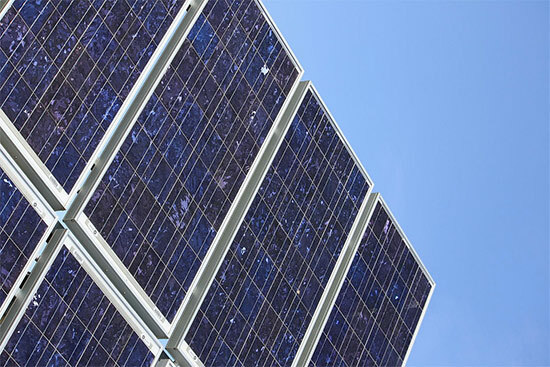Delaware named leader in solar energy revolution
Solar-supporting policies are encouraging individuals and companies to opt for the renewable power source.
Solar energy is on the rise in the United States, and one jurisdiction in the Chesapeake Bay watershed has been named a leader in the solar energy revolution.

Image courtesy Mountain/\Ash/Flickr
According to a report released by Environment America, Delaware is one of the ten states that have installed the greatest amount of solar energy capacity per capita. At 82 watts per person, the state is in seventh place.
Since December 2008, Delaware has expanded its solar capacity from 2 to 59 megawatts. According to the Department of Natural Resources and Environmental Control (DNREC), the state has installed 1,600 solar energy systems on government buildings, businesses, schools and homes. What's driving this effort? Legislation, policies and financial incentives that support going solar.

Image courtesy Pacific Northwest National Library/Flickr
Solar energy uses the sun as fuel to create heat or electricity. It’s considered cleaner than coal- or natural gas-fired power plants because it doesn’t burn fossil fuels, which can release emissions that contribute to climate change.
Like other states in Environment America’s top ten, Delaware’s interconnection policies make it easier for individuals and companies to connect their solar energy systems to the power grid. Solar rebates and other financing options help lower the cost of installation, while "net metering" policies compensate consumers for the excess energy they return. The solar market is also moving forward in response to Delaware’s Renewable Portfolio Standard, which calls for the state to draw 25 percent of its power from renewable sources by 2025, with at least 3.5 percent coming from solar.
“Encouraging solar power is the right thing to do for the environment and our economy,” said Delaware Gov. Jack Markell in a media release. “We are aggressively working toward a clean energy future in Delaware, demonstrating we can have both a strong economy and a healthy environment. That means creating a robust market for solar and other clean energy systems, creating clean energy jobs, expanding our solar industry and improving air quality.”
Two additional watershed jurisdictions received special mention in Environment America’s report: New York, whose solar energy market is growing quickly, and the District of Columbia, where new clean energy policies are set to make solar more attractive and accessible to consumers.

Comments
There are no comments.
Thank you!
Your comment has been received. Before it can be published, the comment will be reviewed by our team to ensure it adheres with our rules of engagement.
Back to recent stories